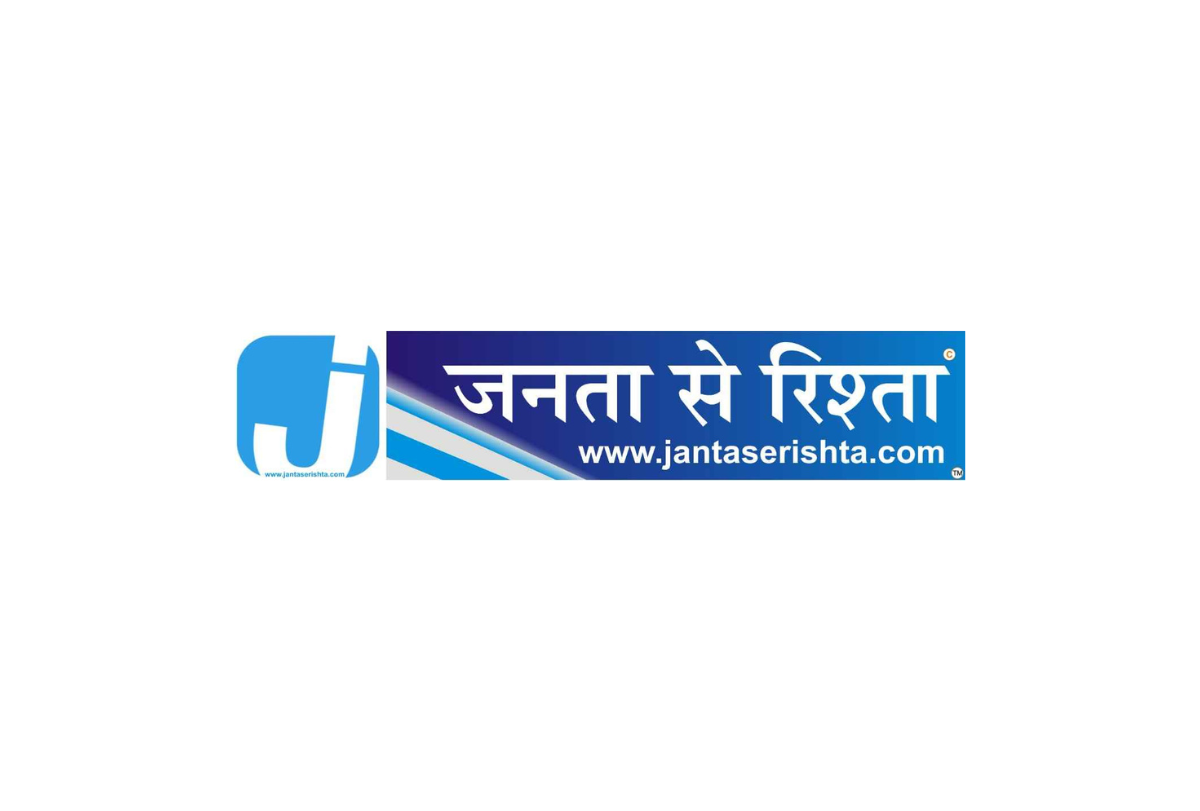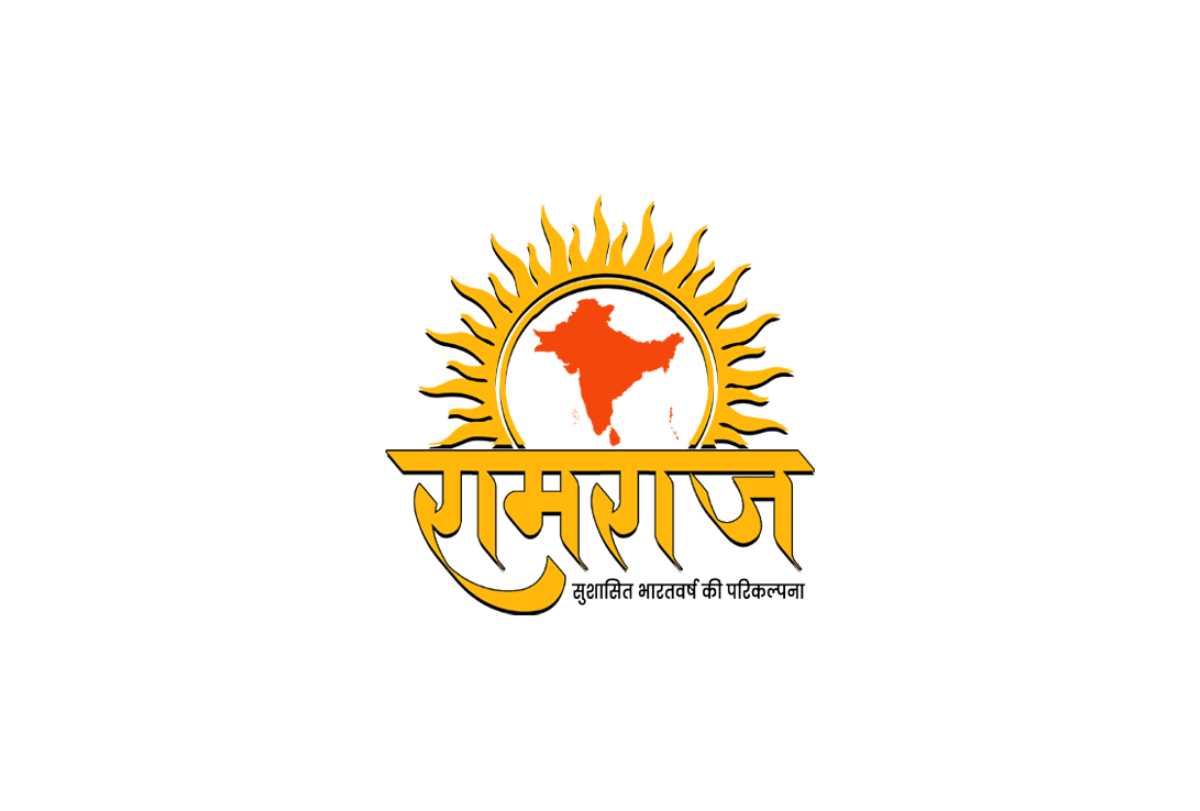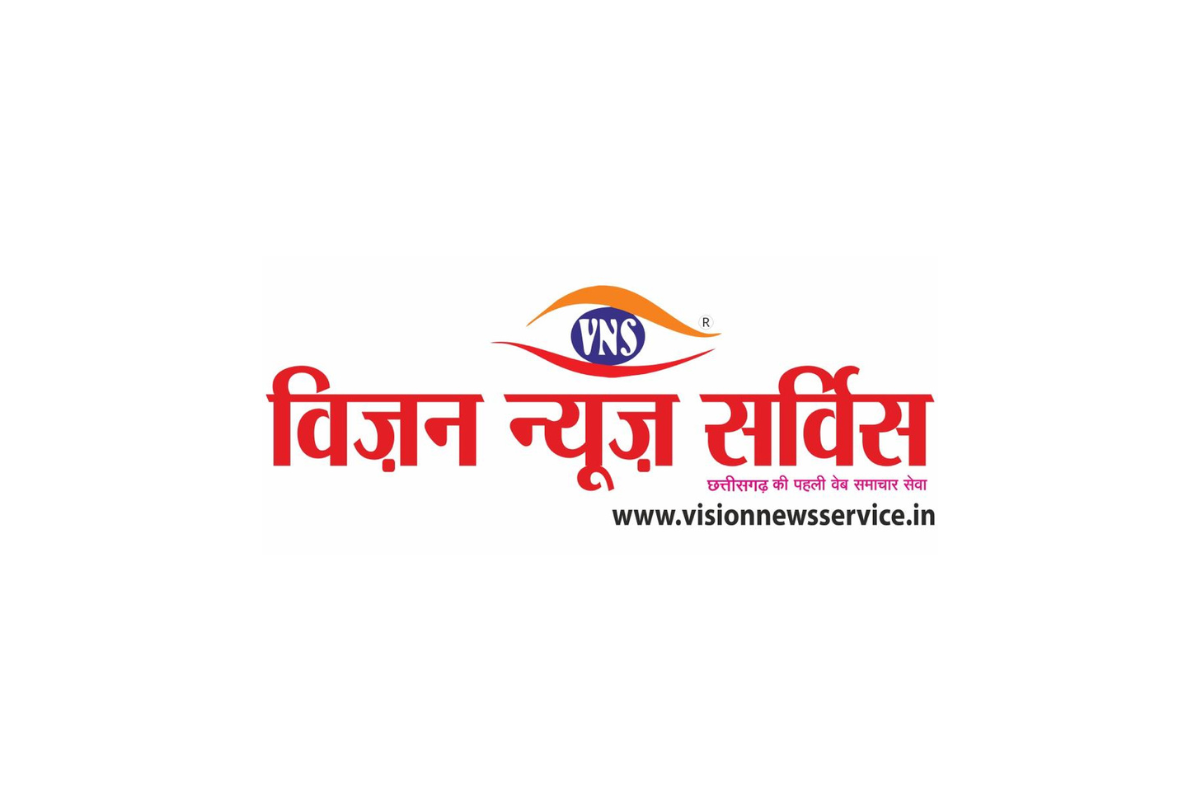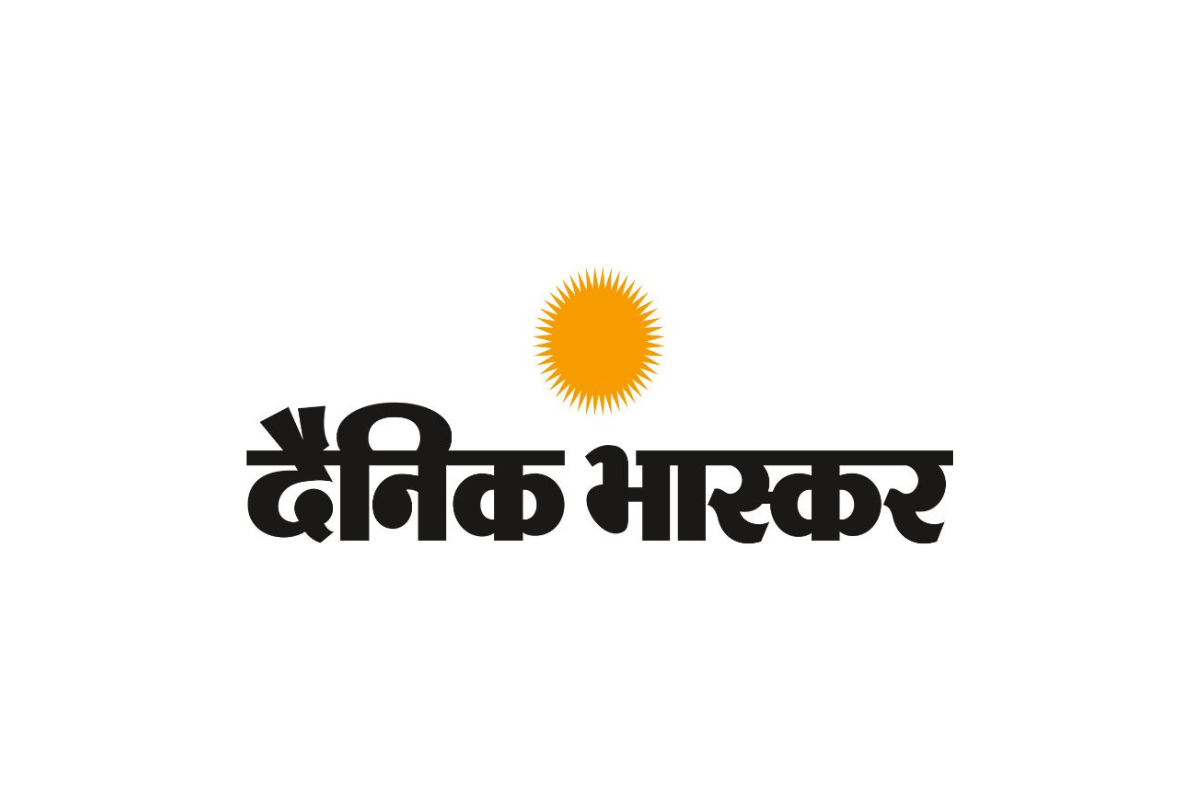16 August 2022, New Delhi: “India is leading the way in adopting [biofortification], particularly the government. Biofortification can be a way of solving micronutrient deficiency.”
This observation came from Arun Baral, CEO of HarvestPlus, who was speaking at the second edition of the Rural Colloquy organized by the Transforming Rural India Foundation (TRIF). Baral highlighted the significant progress that India, as well as neighboring countries, are making in scaling staple crop biofortification as a response to rural malnutrition. Baral spoke at a Colloquy session titled “Nutrition Security for India: The Agriculture and Community Unlock.”
The session’s discussion focused on exploring food system pathways for production of nutritious food through methods such as biofortification and industrial food fortification, with a view toward addressing large-scale chronic micronutrient deficiency. The session also highlighted the role of community action and local markets in addressing dietary inadequacy.
HarvestPlus, which is part of the CGIAR global partnership for a food secure future, is the global leader in biofortification and works with hundreds of public, private, and NGO partners around the world to rapidly scale this agriculture-based nutrition improvement strategy.
In India, as of the end of 2021, 74,000 smallholder farming households were growing iron-biofortified pearl millet, while 816,000 households were growing zinc-biofortified wheat. Zinc rice has also been introduced in India, though household growing figures are not currently available.
Baral explained that biofortification is a relatively new crop breeding approach that increases the density of iron, zinc, and vitamin A in common Indian staples. He said that making a relatively simple switch to biofortified from non-biofortified crops—such as replacing conventional wheat with zinc-biofortified wheat—can make a huge difference in consumers’ nutrition and health.
He also pointed to the scalability of biofortification, citing the example of zinc wheat in Pakistan; after only a few years since original introduction, zinc wheat seed already has a significant and growing share of the wheat seed market. “Zinc wheat will reach almost half of [Pakistan’s wheat] production in the next couple of years,” said Baral.
The Government of India is also consciously working towards promoting the benefits of consuming biofortified staples by linking them with several government programs to help make India free from malnutrition. The Honorable Prime Minister Shri Narendra Modi dedicated 17 biofortified varieties of eight crops to the nation on the 75th Anniversary of the Food and Agriculture Organization (FAO) in 2020. In September 2021, Modi also launched 35 crop varieties with special traits developed by the Indian Council of Agricultural Research (ICAR), which oversees crop breeding activities in the country. These varieties include biofortified varieties of wheat, pearl millet, maize, chickpea, quinoa, buckwheat, winged bean, and fava bean.
Meanwhile, the state governments of Bihar and Odisha have both made major commitments to scale production and consumption of zinc wheat and rice to help address malnutrition generally, and stunting rates in particular. Under the Bihar Odisha Nutrition Initiative (BONI), funded by the Bill & Melinda Gates Foundation, more than 60 market actors have been engaged across zinc wheat and zinc rice value chains. Through partnership with the Bihar Rural Livelihoods Promotion Society (or JEEVIKA), a gender inclusive value chain approach is being used to make a significant impact on the nutritional status and livelihood of the people.
The eight-day Colloquy, which started August 1, 2022, created a space for discovery, exploration, and engagement for stakeholders actively involved in improving the lot and prospects for rural parts of the country. The colloquy hosted more than 13 sessions covering a wide range of subjects, including the importance of education, healthcare, nutrition, and governance for underserved rural communities.
Baral also emphasized that malnutrition is a problem that requires holistic solutions forged together by communities, government, and civil society. He highlighted the need to identify cost- effective and scalable ways to get more nutritious food on people’s plates.
Purnima Menon, Senior Research Fellow at the International Food Policy Research Institute (IFPRI), moderated the session and noted that, “Food and diets are huge markers of social and familial inequities in India.” She emphasized that there are a number of factors that affect dietary conditions, including the quality and availability of fuel, water, stoves, and vessels. “One of the primary things that agriculture must do for nutrition is enable people to live healthy lives, she added.
Rajan Sankar, Founding Director, The India Nutrition Initiative (TINI), Tata Trusts said, “Over the last 75 years, we have significantly achieved food security. But we cannot say the same about nutritional security. Less than 10 percent of children have adequate dietary diversity. Food fortification is instigated by public health authorities when a community is at risk of malnourishment. But it has to be monitored. It is not an end in itself or something that becomes permanent,” he added.
Shyamal Santra, Lead for Public Health and Nutrition at TRIF, said, “Conflict, Covid-19 and climate change: these 3Cs are shaping what we eat. Excitement about what is going to be on the plate is necessary for improving nutrition.”
The session also presented the findings from India’s first-ever large-scale food plate mapping survey conducted by the TRIF development intelligence unit, which focuses on micronutrient sufficiency and heterogeneity across different zones in the country. The survey covered 7332 individuals across six geographic zones (North, Central, North-east, West, South, East) and found that habit and availability (beyond affordability) are major factors impacting dietary diversity and that more-affluent states do not necessarily consume more diversified diets. It has been found that the North-east region has the most diversified diet across India. The survey also found similar consumption patterns between men and women in most of the zones, based on a 24- hour dietary recall survey. The survey also highlighted the importance of markets and safety nets for procurement of almost every food item across different zones which in turn impacts the availability and access to different food groups.





